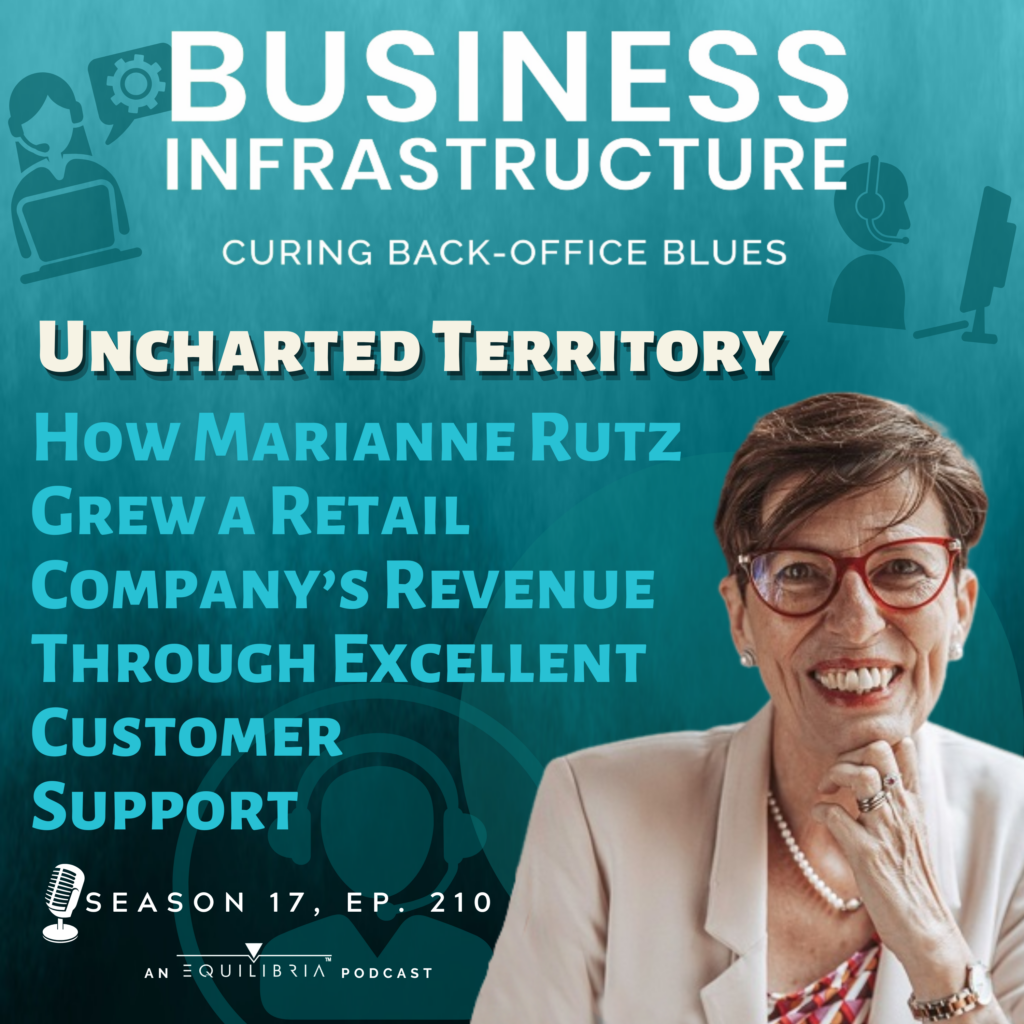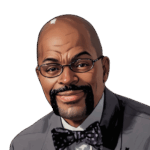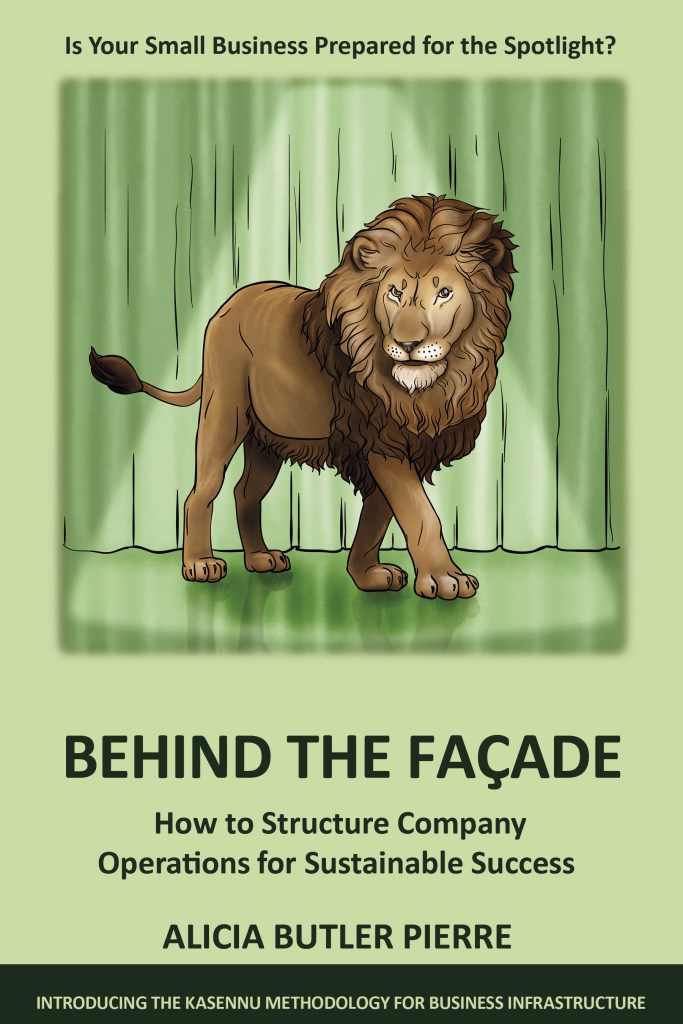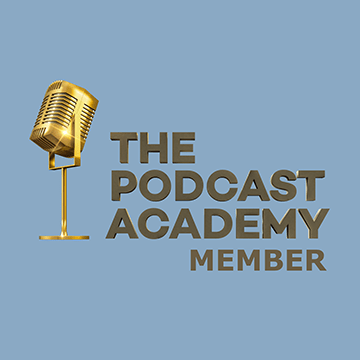Transcript
But, you know, I love the customer service industry. I think it’s, it’s a great place to make people stay, but if I can make that to a customer that has a problem to a team leader who didn’t know what to do to a CEO who says hi, I don’t know how to take this forward, then I’m happy.
It’s not everyday you hear someone say they love the customer service industry. Think about it…have you ever tried calling a customer support center? It can be frustrating, especially when you get different answers to the same question.
This is the Business Infrastructure podcast – the show where we offer strategies, tactics, and resources to cure back-office blues. I’m your host Alicia Butler Pierre and that was Marianne Rutz you heard expressing her love for customer service. That’s because she knows what it takes to do it well. And you’ll hear a story from her about how she does it.
______________

This episode is brought to you by Equilibria, Inc. the company behind this podcast where we design scale-ready business infrastructure for fast-growing small businesses.
______________
I’m proud to call Marianne Rutz a friend. She specializes in revolutionizing the operations of contact centers and its earned her the distinction of being a leading specialist in Europe. She’s going to share the time she applied her framework to turn around a company’s poor customer service rating and sales during a time when the world was on lockdown.
This is Ep. 210: Uncharted Territory – How Marianne Rutz Grew a Retail Company’s Revenue Through Excellent Customer Support
My name is Marianne Rutz and it’s actually pronounced Ma-ri-anna, the German way, kind of a bit of a giveaway, but I’m not German. I’m a Swiss national, I’m married to an Englishman and I live in Scotland. I’m the owner of Rutz Consulting. My absolute love is really contact center, contact center growth, customer experience, that kind of environment. I studied hotel and tourism, absolutely loved the industry. I think, you know, I did everything from washing dishes and checking in if lights like guest to, running a tour operator pieces for big Swiss tour operators. And then you got an opportunity to work with Hertz as a project manager and Hertz invited me to move to Dublin with them where they put up these big shared services center.

And I didn’t even know what I was saying too. In the contact center world. I just went there as a project manager for nine months. That was in 1999. And that was my entry into the contact center world, because that is what we did. We took customer’s phone calls. We took customer’s queries. We took customer’s complaints and helped them solve their issues.
In case you’re unfamiliar with Hertz, it’s an American-based car rental company. When Marianne began working as a project manager for their contact center, the contact center industry as a whole had a bad reputation. The opportunity to work for Hertz came as a result of the company selecting Dublin, Ireland as the location to centralize the back-offices of their European operations.
So it made a lot of sense, especially for American firms to have a footprint in the European union and get all these languages served from one place. And that’s what Hertz tried to do 1998. The reservation center opened in 1999, the customer care center open. So we have 3000 people working there.
I was with Hertz for six years. Absolutely loved it. And there was actually one reason why I left. I couldn’t get past my manager. So the position that I absolutely wanted was taken and I couldn’t see a way of getting it. So I left, I took an interim position where I very quickly noticed, okay, I’m missing something here. I am missing the real focus on customer experience. So that is one element is customer service. Other element is customer experience. What experience do you as a contact center advisor, give your customer? And that is two different things. So I tried to no organization in the outsourcing space that was absolutely brilliant in delivering to staff. And I got an awful lot of training with them.
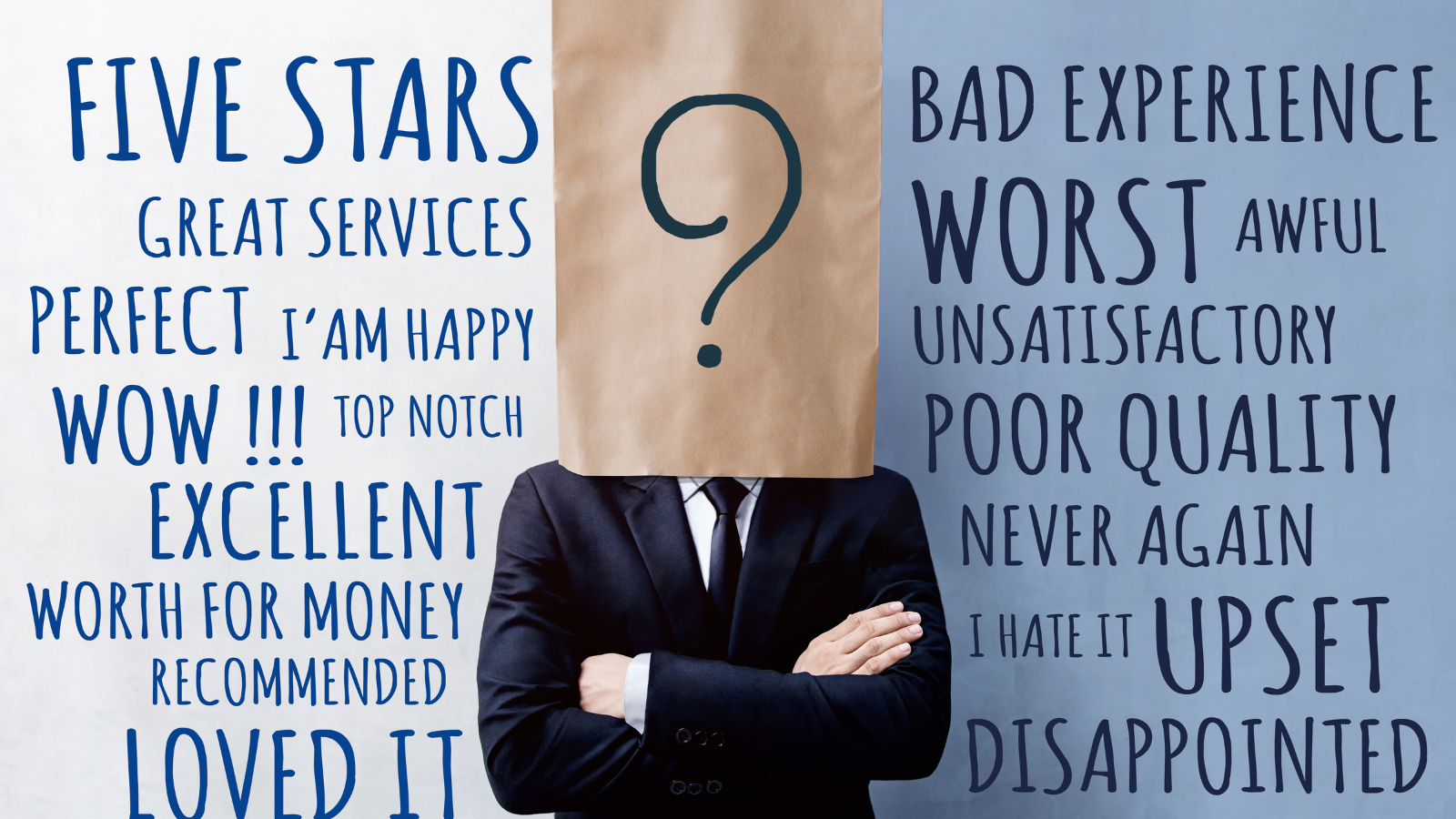
It was in her post-Hertz experience that Marianne received Six Sigma training, and she loved the work she was doing. But then…something happened.
I did this for a good number of years. In fact, until 2015, when I was quite rudely taken out of that environment and I was sent on a cancer journey and I thought, what am I doing here? But there is a story to this.
A story indeed. Not one to be dismayed, Marianne set out on her next quest. She was going to approach her cancer treatments not as a patient, but as a project manager.
When you project manage, you do have a project management plan in that journey of the key on chemotherapy. And the whole lot, I actually walked in with a project plan to my medical team.
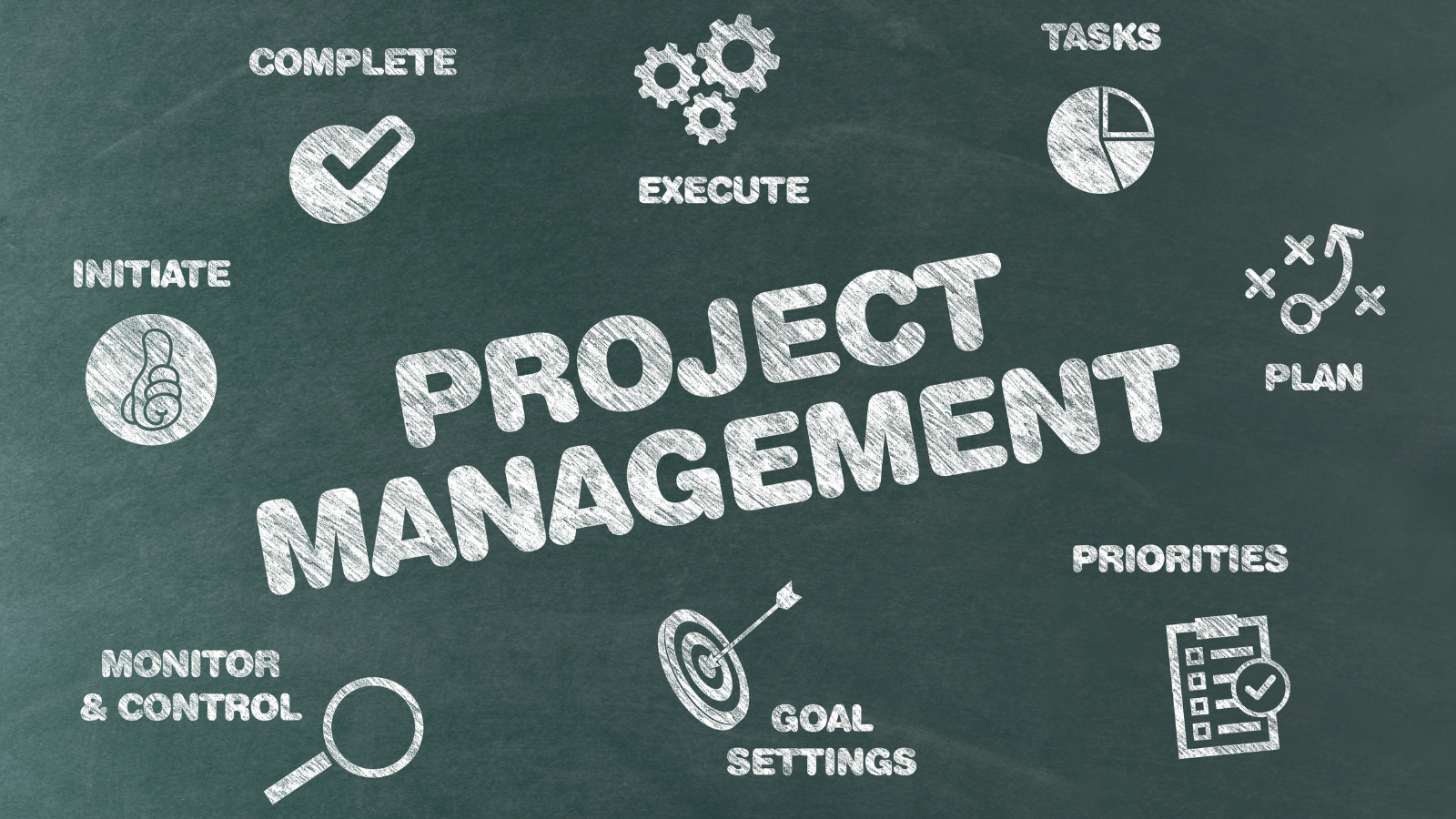
This is what I see here is surgery, 10 weeks recovery. Then we stopped January, 2016. We started chemotherapy. It’s eight rounds, every three weeks, a new round. So that’s 24 weeks. So by the end of June, we are done and it just looked at me and was like, oh, I don’t think it’s going to be like that. But let’s just try it. Point I’m making here is if you have a plan and you work towards that plan, your team is usually very, very grateful because they know exactly where you are headed. And if they know where you are headed, they know what they need to do to get to that goal. So that then made me think, well, hang on a second. If I can do something like that for my own journey, why do I not start my own consultancy firm?
This gave her the confidence she needed to move full steam ahead with life as an entrepreneur. With all cylinders fired, she was the conductor of her train. And once it left the station there was no turning back.
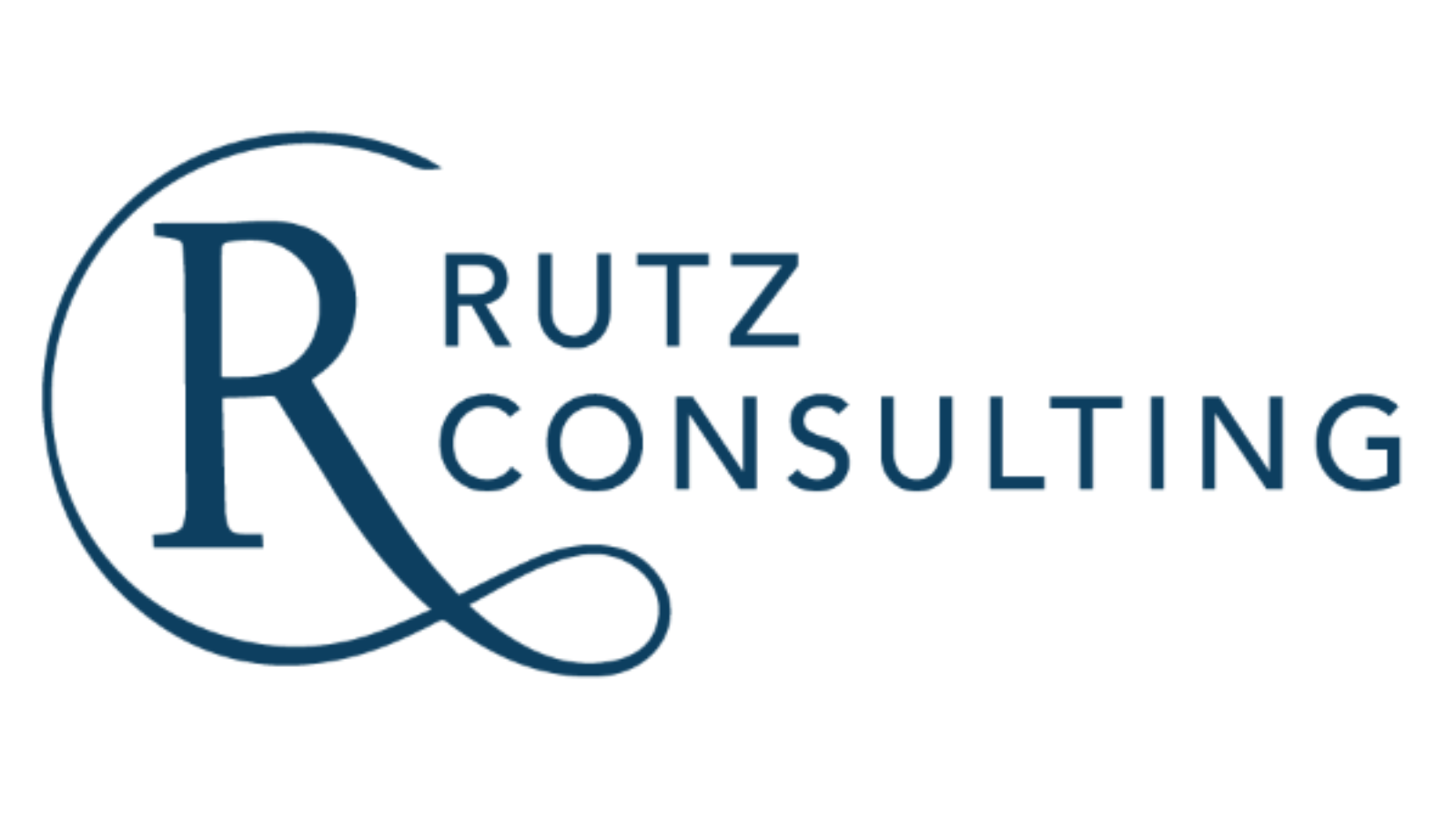
So I said, okay, it’s now or never. So I resigned from my permanent position and I created Rutz Consulting with a very clear focus and desire to make customer service a better place for people to really…wanting to help the customer and give the customer solutions. Not of you need to ring me back. And it’s very typical. We can’t help you. You now need to fill in a web form where we really can tell you, could you just summarize that for me in an email, that kind of thing is appalling customer service, or when you get to sell to a chat bot where, you know, you put in a query and the chat bot says, can I please have your account number? Then you give the account number and then they give you three options. And it’s not your options that you want, these things, they get my blood pointers and I can do better than you. So I started my own business.
Armed with a newly minted business, experience under her belt, and a keen awareness for what customers desire, Marianne began building her client roster one project at a time. She thought she’d seen it all until a furnishing company solicited her services during the Covid pandemic.
So this furnishing company flat-pack high-end but these guys are not competitors of Ikea, but what happened during lockdown, they got bombarded, inundated with orders, with calls, their sales targets absolutely exploded. And everybody was working like mad, trying to keep, to keep on top of, of situations, especially in the contact center, people were working from home. There was no expertise on that. Then people didn’t know how to measure productivity. When you work from home, for example, have people locked in, how did they not locked in where they’re there, but they’re not there. It was a real mess.

So that the CEO reached out to me. And initially I just kind of go, okay, just tell me what your problem is, what keeps you awake at night And he said to me, Marianne, our Trustpilot reviews are heading south tower. So poor. So I looked at what they said, and there was one common thread. We couldn’t get the goods at the time we wanted them. “We tried to rent a counter sent to nobody answered because an answer party.” “It was a canned response. We don’t like that.” That kind of thing. So we started this discussion a little bit and eventually he said, you know, I think we need help. So when somebody says that to me, I’m going, yes, let’s just do a, what we call Strategic Assets Review by that. I mean, when you run a business, you normally have a number of areas that you look at.
Turns out that Strategic Assets Review is a part of her company’s signature Leap framework. Coming up after the break, we’ll learn what those areas of the Strategic Assets Review are, how business infrastructure ties into it, and how it led to a type of scale that no one anticipated.
______________
You started your business because you believed you could make a difference. But now you have more demand than you can keep up with and if you don’t get your operations in order soon, you could lose everything you’ve worked so hard to build. The chaos is causing angry customers, bad reviews, failed audits, and more. The need for a unified team with processes they can follow and tools they can use without your presence is apparent. But where can you go for support?

The Smooth Operator masterclass may be the solution you’re looking for. It’s an on-demand, online course that not only teaches you what business infrastructure is, but also shows you how to create it through video demonstrations and access to a private community where you can get even more support. Build a foundation for operational success with a scale-ready framework that’s tried, tested and true. Sign up today at SmoothOperator.courses. That’s SmoothOperator.courses.
______________
We’re back and before the break Marianne mentioned a Strategic Assets Review as a starting point to stabilizing this high-end furniture company’s revenue and customer satisfaction…
You, you look at your finances, you look at your marketing, you look at scaling, how do you grow? You look at operational efficiencies, you have innovation, especially in the furnishing sector, just designing all of the et cetera. You have customer experience. And you also have a little bit of personal growth opportunity. So my team and I went in and we looked at what our client had for their contact center. At that point, there were about 45 people working in the contact center, but there was for example, no recruitment process in place. And by that, I mean, it started off, wait, the job description wasn’t fit for purpose. It said at no point, what do we expect? What skills do you have? What strengths do you need? If you want to work in our contact center? We looked at their onboarding.
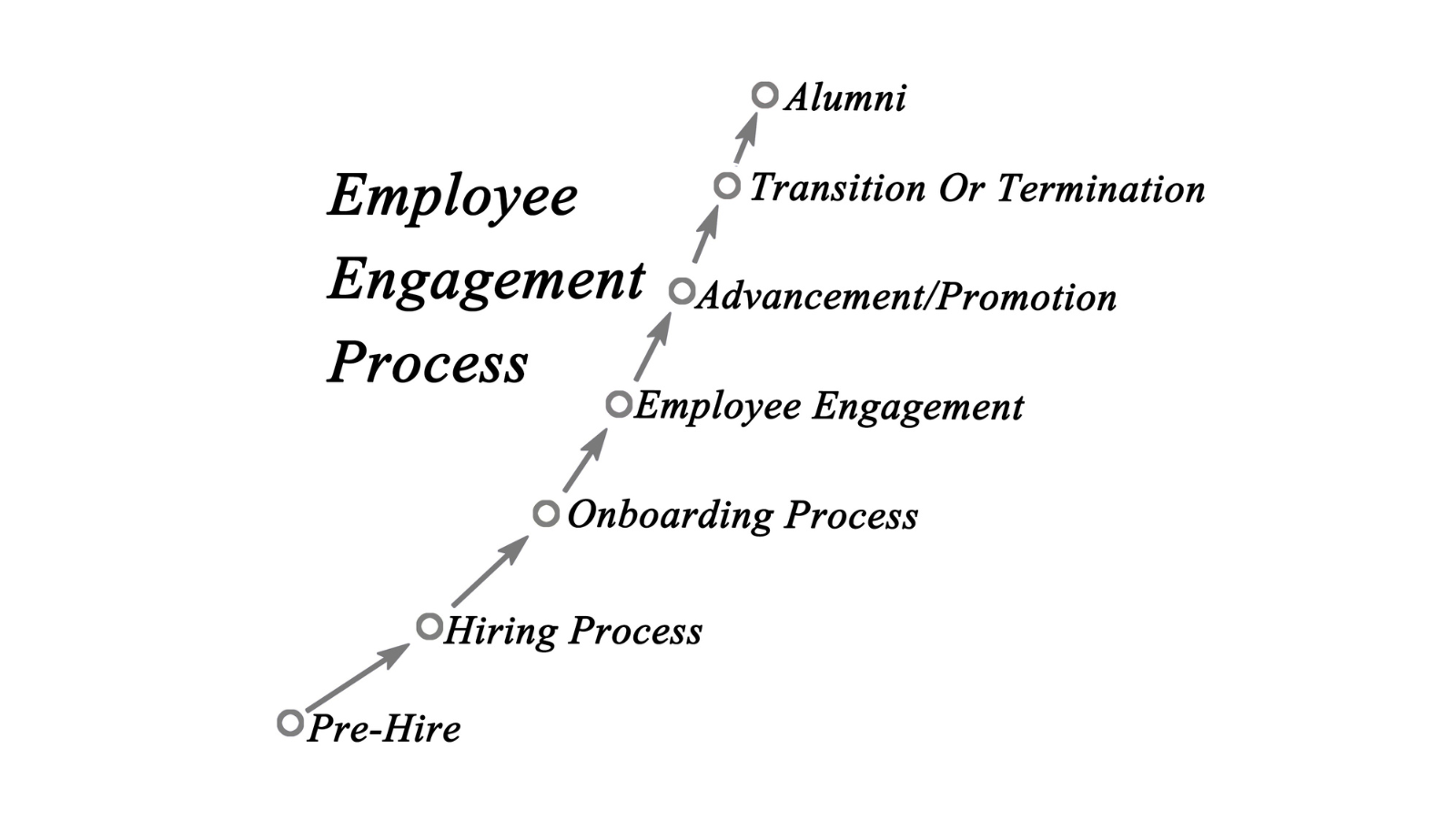
There is when you take in new people from the day you hire them to today, the choice your operation, there is usually a week, maybe two weeks, maybe a month. If you hire a senior, even three months of wait time for this person to join your organization, what do you do? How do you make sure this person is still engaged and stays with you?
So there was nothing in place. And then in our industry, see, we are still not the highest paid industry. If it comes to advisory roles. And if you didn’t engage, if you don’t engage with your new hires, why is there are working in Otis or waiting for the training to happen 10 day leave before they even started. And they go into work for an organization that maybe pays, I don’t know, 500 pounds a year. And especially right now, there’ll behalf this employee shortage in the United Kingdom.
What she just described is a major pillar of business infrastructure – people! The other two pillars include tools or technologies and processes.
If you don’t have a process in place there to engage with your trainee and make them start on the day they’re supposed to start, then you have a huge cost and absolutely no output. So this process wasn’t happening. From there we looked at learning and development. What training do people get? Now, you cannot get your point in furnishing. What training do you give? I’m telling you. I was recently listening to a call and the customer called in and said my sofa came with no legs. Okay.
Can you just imagine the customer was really, really upset? The contact center agent, she is brilliant. She’s so well-trained now she said to, to the customer, have you turned the sofa upside down? Is there a black Velcro on the inside of, of your bottom of the sofa? “No, I haven’t done that.” Okay. Could you go and try? So sure enough, in this particular sofa type the legs are wait, Velcro pad padded on to the, all the needs to solve for.

You need to take them away from the Velcro and include them in on the four sides. And they do that so that these legs are nicely done, really nicely curved, that they are protected, that they don’t go caput in, in transport, in transfer, et cetera. And you have your perfect sofa. Now that is good training probably two years ago, that would not have been the case.
It would not have been the case because, like so many businesses that experience fast growth, operations is often ignored to a company’s detriment.
So when you grow so massively and you have so many sales, it’s really important that your customer care advisor knows everything about your, the fabric, how to get rich off of states, for example, very, very important. This is why people phone, especially if they’re both kind of a high-end product. So training was one piece. The next one, which I absolutely love when we go in and we look at operational processes, what do people actually do all day long.
This brings us to the all too familiar frustration of fast-growing small and medium-sized businesses. Just when you start gaining sales momentum, you realize the need to focus on your back-office operations but you either can’t find the resources or can’t afford them.
I mean, companies around the hundred million mark, right? Hundred, 250 million to kind of say, oh, we don’t have the money for a black belt for a six Sigma black belt. And I’m going, why would you need a Six Sigma Black Belt exactly? Just take what serves your business. Well, take that bit of Six Sigma.

Take that bit of our child, take that bit of whatever you want to use, but you say, well, what does that do? It makes your management team so efficient. And they know at any one time what their numbers look like, how many people they’ve got, what’s your average handling time, how many complaints did they get, how many process because they do customer care. People usually have an authority to refund, maybe 20, 30 pound or 10% of that buying price, whatever it may be.
There’s a saying in the world of operations…what gets measured gets monitored.
But these are all numbers we need to track. And if we don’t know them, we could spend hundreds of thousands of pounds. There is no need to do so. From there, you then come into quality assurance. How do you measure quality? How do you know that your people know that for my client was a completely new field or simply nothing there? That was beautiful because it allowed us to create, to invite a client, to create a customer service deliberation. And that’s not the same as your business vision or your company, vision, whatever you want to call it.
We invited every customer care advisor to think, how do they want to deliver service to the customer? What would they, if you wish, sign up to? And that’s incredibly powerful because if they, if they create a patient themselves, then you come and they don’t meet it or something goes not quite right. You know, cold. I can turn around and say, Hey Johnny, why was this customer so unhappy? What do you think? We said we would offer an effortless service. Do you think that was effortless?
Oh no, we probably wasn’t. So you can see that they already kind of coached themselves. I think that piece in itself, what it did, it changed the quality assurance core, which was usually sitting around 70, 75%, right up to 80, 85, 95% quality assurance. Why is that? Because people who deliver the service, they designed that service delivery patients themselves, and they committed themselves to do that for their customer.
That is incredibly powerful. And it’s not a lot of work. It’s a couple of sessions brainstorming. What do you think you want to do last time You always talk about money. Don’t we and contact centers are in principle, a cost center. I accept that, you know, the customer phoning in complaining, you’ve got the salary to pay. You may have a refund to process, et cetera, et cetera. But what you, what many of our clients underestimate is the fact that there is an opportunity to make this customer happy and turn it to turn the customer into a lifelong client.
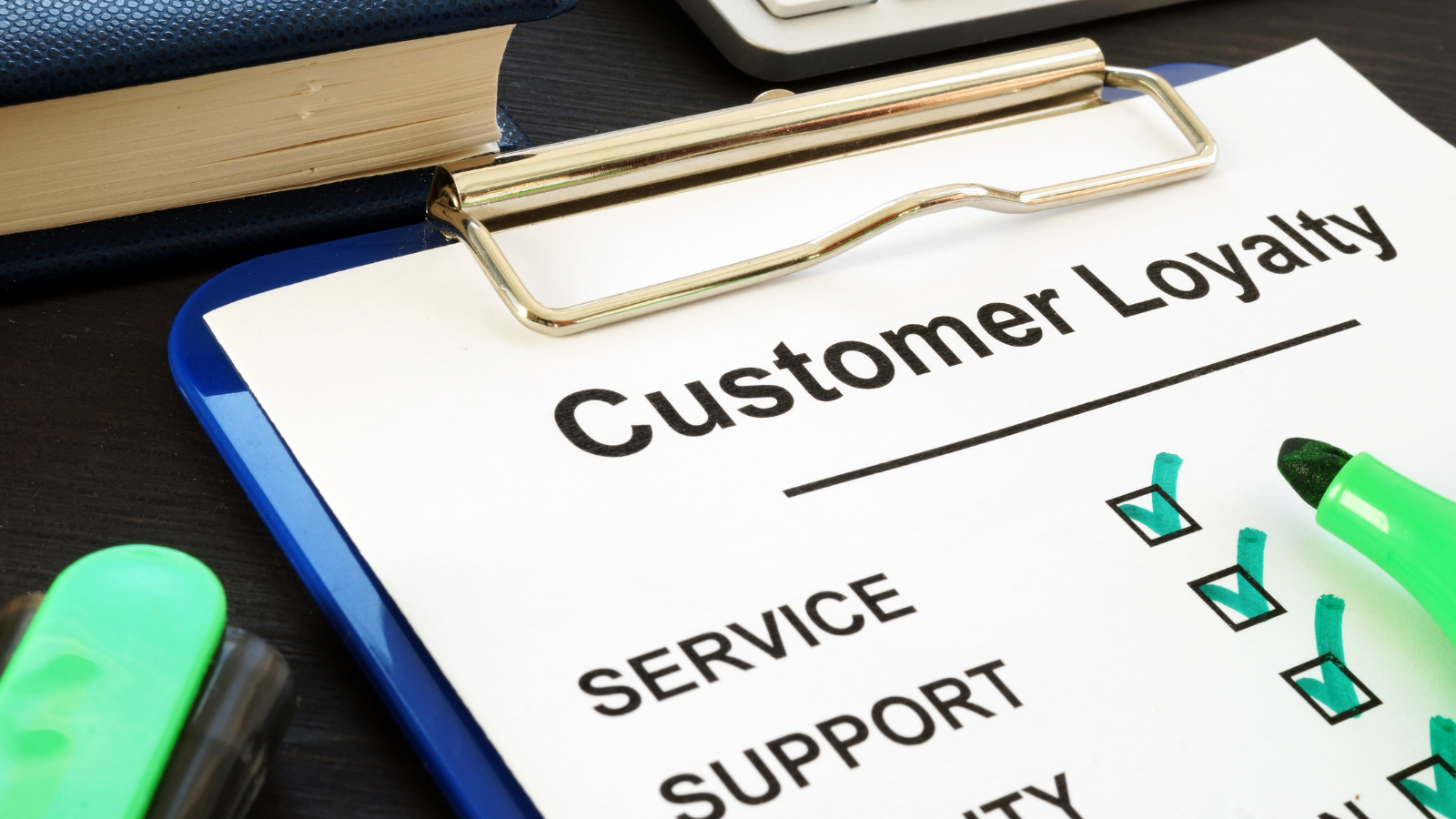
Imagine that…turning a customer into a lifelong client. What exactly does that mean? What does it look like?
So at that particular space, for example, if you fell in this one room with this beautiful family shame, British furnishing, the chances are that you want your kitchen done. At some point you want your bedroom done. At some point, you might want your landing, your, your entrance. You might want a shoe cabinet, you name it. So it’s your opportunity to create lifelong positiveness is huge, but very many frontline customer advisers are not aware that there is an opportunity. You want to make sure that the customer comes back.
All of that shows that your contact center is no longer just eating costs to actually pay for themselves. If you look at that return on investment for every individual customer, if there is an average order value of let’s say 700 pound per customer, that is huge. Every time they buy, if they buy three times a year, that’s a lot of money. So, you know, it’s, it’s really how you look at this. And then as a rule of thumb, I tell my clients, if you’re on a budget, or if you have a budget set out, then you need to make sure that you spend at least 1% on your customer care team at to be able to anymore.
And people usually think, oh, okay. But when we then tie it back and we explain all the not Mary’s numbers, we are look looking at on the journey from recruitment rights to quality assurance and finances clients usually go, oh, yes, I now understand.
So Marianne, how long did it take to implement these steps that you just talked through?
We usually go in and do a deep dive or a strategic asset review. In principle we deliver that within four to eight weeks. From there, the customers engaged on a transformation program and in true project management manner, I would always work off 90 days for something to be implemented 90 days for something to be embedded. We never just implement Alicia. I think that is an issue that a lot of businesses seem to, to kind of fall short on. They want something implemented and then the consultant walks away and it’s not really embedded. All in all, you look at least six to nine months to really get a good transformation program on the way that sticks. That’s there to stick and to show the results.

Wait…did you catch that? Marianna stressed the importance of implementation and embedding – a process that takes on average six to nine months for transformative results that stick. One of those results was an improved average score of 4.5 stars on TrustPilot, surpassing the scores of this furniture company’s top two competitors.
That was absolutely amazing. And you read the comments and customers would say, I rang the contact center and the contact center agent knew where the legs of my sofa were hiding so that they weren’t damaged. That just makes my day, because that’s now there for everyone to see.
As impressive as that improved customer satisfaction score was, it was the financial results that surprised everyone because they exceeded their target revenue of £115M.
They, in that year that we were up them, they absolutely exceeded it. So now, it’s okay to economic downturn is…a lot of businesses that are reliant on him on import, a tough time, but even so right now, where many other businesses contract, they have flatlined, they have not gone down in the bigger scheme of things that is actually very, very positive.
This is what Marianne’s Leap operational delivery framework is all about.
I think people executing process, defying profit, and, but amplifying, I mean, not just doubling or tripling, whatever to financial, but also shining spotlight on there. How do these numbers come about? Where can we be more efficient and where can we save?
In case you’re wondering what’s next for Marianne, she’s making her customer support consulting services accessible to small businesses through an online course. Why? Because at the end of the day, every business regardless of size, industry, and mission needs customers to exist. And those customers need to be happy.
It was a great, it was a huge success and it was just to bring these various industries together and then realize, oh, other people have the same problem as we do, because sometimes these businesses on that level, it can be inhaled only for them. They are not up there with the big corporate and the huge amount of, of cash to spend on all the gadgets, but they still want to deliver an exceedingly good service and they realize, oh, there’s other companies out there that want to do exactly the same. That that is just beautiful to see.
A special thank you to Marianne Rutz for sharing her scale tale. If you want more information about her and her company, then click on the resources link in this episode’s show notes or visit BusinessInfrastructure.TV. There you’ll find out how to connect with her on LinkedIn, sign up for her Customer Service Made Easy course, her podcast, website, and more. And while you’re at it, you’ll also discover more about Maggie’s Center, the cancer research center that Marianne supports.

Thank you so much for listening! If you enjoyed this episode, then subscribe to the show and leave a five-star rating and review wherever you’re listening.
Coming up in the next episode, you’ll hear from a digital marketing aficionado whose team scaled an auto repair business to the point where the team was asked to temporarily stop their work. You’ll soon find out why.
Growing and scaling a business is no small feat, but remember, Stay focused. Be encouraged. This entrepreneurial journey is a marathon and not a sprint so keep operating as good on the inside as you look on the outside. Until then, keep operating smoothly as you work to cure your company’s back-office blues.
This episode was written, produced, and narrated by me, Alicia Butler Pierre. Audio editing by Olanrewaju Adeyemo. Original score and sound design by Sabor! Music Enterprises.
This is the Business Infrastructure – Curing Back-Office Blues podcast.


